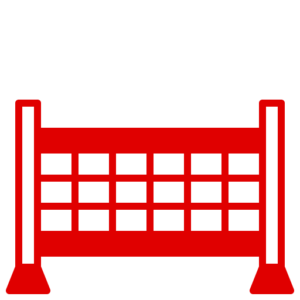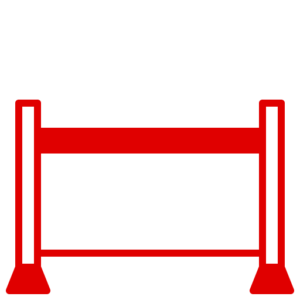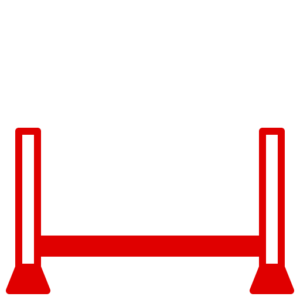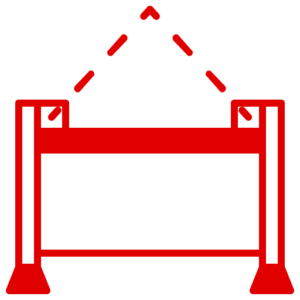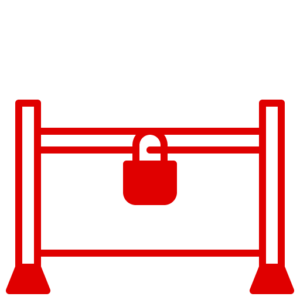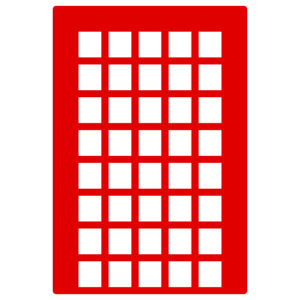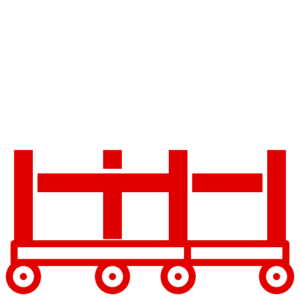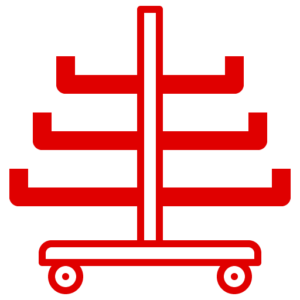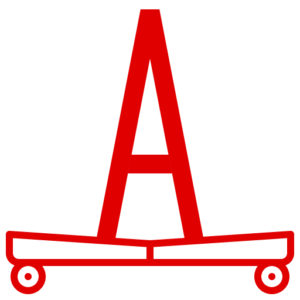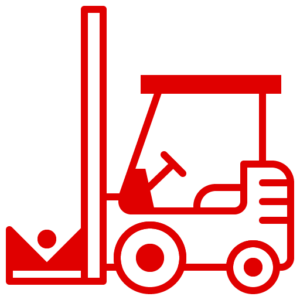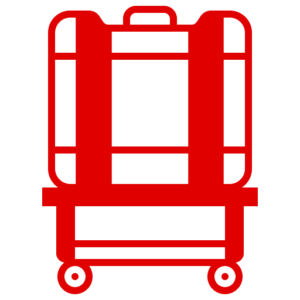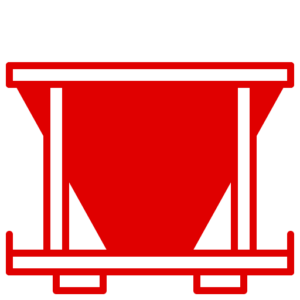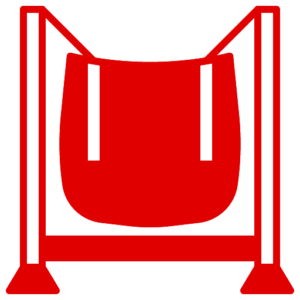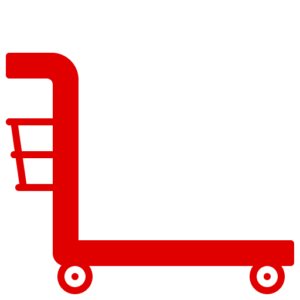News
The Impact of LOLER Regulations on Labelling and Marking of Stillages: Ensuring Identification and Compliance
Welcome to the Stillages & Cages blog! In this post, we will explore how LOLER regulations affect the labelling and marking of stillages for identification and compliance purposes. LOLER regulations provide guidelines to ensure the safe use of lifting equipment, including stillages. Let’s delve into the key aspects of labelling and marking required by LOLER to achieve proper identification and compliance.
- Clear Identification: LOLER regulations emphasise the importance of clear identification for stillages. Each stillage should have unique identifiers, such as serial numbers or codes, to ensure easy recognition and traceability. Clear identification facilitates efficient tracking and management of stillages in the workplace.
- Load Capacity Information: LOLER requires stillages to be labeled or marked with their load capacity information. This helps operators and users determine the maximum weight that the stillages are designed to safely carry. Displaying load capacity information ensures compliance with weight limitations during lifting operations, reducing the risk of overloading.
- Manufacturer’s Information: LOLER regulations may specify the inclusion of manufacturer’s information on stillages. This can include the name or logo of the manufacturer, contact details, or reference to relevant standards or certifications. Manufacturer’s information provides important details for maintenance, inquiries, and ensuring compliance with quality standards.
- Compliance with Standards: LOLER may require stillages to be labeled or marked to indicate compliance with specific standards or regulations. Such labels provide assurance that the stillages meet the necessary design and construction standards, ensuring their safety and compliance. Compliance labels promote confidence in the quality and reliability of the stillages.
- Inspection Dates and Results: LOLER regulations may also require stillages to be labeled or marked with inspection dates and results. This helps track the maintenance and inspection history of stillages, ensuring regular examination by competent individuals. Clear indication of inspection dates and results supports ongoing compliance and enables prompt maintenance actions.
Conclusion: Complying with LOLER regulations regarding the labelling and marking of stillages is crucial for identification and compliance purposes. Clear identification, load capacity information, manufacturer’s information, compliance with standards, and inclusion of inspection dates and results ensure traceability, adherence to weight limitations, and ongoing maintenance of stillages. At Stillages & Cages, we prioritise safety and compliance, offering high-quality stillages designed to meet LOLER regulations and industry standards.

